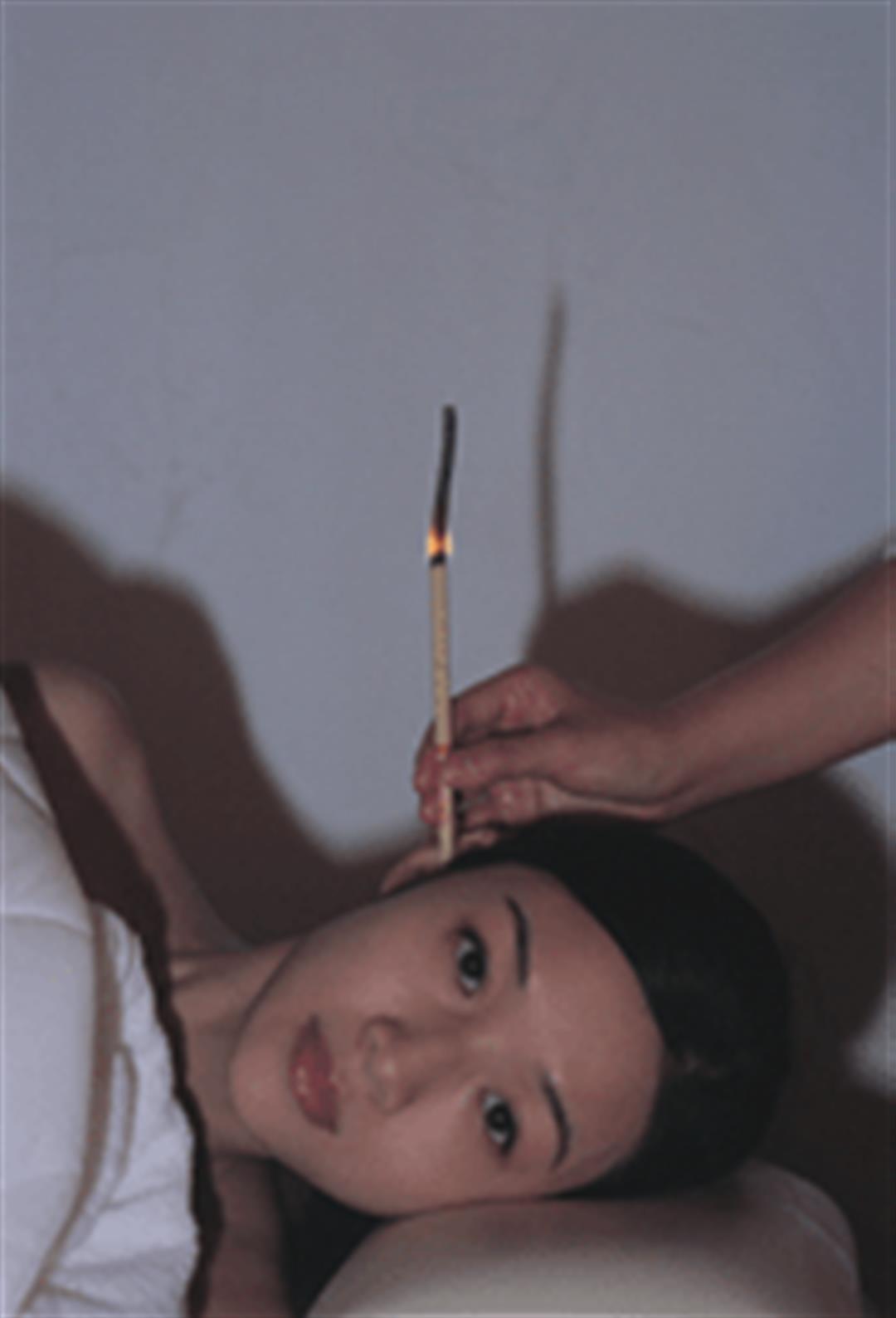No elixir of life
In fact, whether the alternative therapies on the market are home-grown or imported, their curative effects are often deliberately hyped up and exaggerated. There have also been many reports of incidents such as people's neck vertebrae being injured by powerful water jets in spas, or patients suffering strokes due to chiropractic procedures.
As for the idea that ear candling can cure ringing in the ears or improve the memory, one ENT specialist points out that the cervical nerves, vagus nerve, glossopharyngeal nerve and facial nerves all pass through the outer ear canal, so it is possible that the smoke and heat of an ear candle may stimulate these nerves to some degree. But it is very doubtful whether this can produce any curative effects. If some people feel more relaxed after ear candling, it may have more to do with the soft lighting and music in the beauty center-in other words, the effect is entirely psychological.
In fact, the terms "alternative medicine" and "folk remedy" do not appear anywhere in the healthcare legislation administered by the Department of Health. There only references to "actions not governed by the healthcare regulatory system," which means that as long as treatments do not involve such things as bonesetting, prescribing medicines to be taken internally, using medical instruments, or other invasive procedures, then they are not subject to regulation. Treatments that fall outside the regulatory net in this way include the external use of herbal preparations, massage techniques such as tuina and shiatsu, guasha, reflexology, shoujing, amulets, incense ash, cupping, qigong and the like.
Lin Yi-hsin, chairman of the DOH's Committee on Chinese Medicine and Pharmacy, states that the reason the DOH does not regulate folk remedies is because-in keeping with the principle that the government should not interfere unnecessarily in citizens' lives-it believes there is nothing wrong with ordinary members of the public practicing therapies such as guasha or tuina in their own homes. But if businesses exaggerate their curative effects, then there is a need for review.
However, in the absence of a regulatory framework, and with very variable levels of skill among persons engaged in alternative medicine businesses, the quality of alternative therapies is a real cause for concern. Even people who are very open to alternative medicine have begun to be less than satisfied with the healthcare environment it offers.
Mr. Lin, a writer who generally speaking is not averse to tuina massage, once went to a TCM traumatology clinic near his home for some skeletal manipulation. The hundred-square-meter clinic was packed full of patients, and in the middle were three reclining chairs attended a young tuina masseur. The masseur worked on Lin's neck and back and rotated his shoulders and arms for 20 minutes. Lin heard the sound of his own joints cracking, and felt that his muscles had relaxed quite a lot. But the next day as soon as he woke up he felt that his neck was even more painful than it had been before his massage session.
Just as we frequently hear reports of medical disputes involving conventional hospitals, there are also many problems associated with alternative medicine. But the degree of acceptance of some alternative treatments among the public means that the regulatory authorities cannot ignore their value.
To cite reflexology as an example, during 20 years of energetic promotion in Taiwan, Swiss priest Father Josef Eugster taught students throughout the island, and thus trained many later practitioners. But these people never had a legal status. In 1991, Father Josef and over ten reflexologists registered with the Ministry of the Interior as the "ROC Foot Reflexology Health Association" (now the Chinese Foot Reflexology Association, CFRA); but the MOI categorized the association as a sports club. After persistent efforts, in 1993 the Department of Health finally deemed the association's activities to be a traditional treatment that is not subject to the healthcare regulatory system, and the practitioners were at last freed from the fear of being prosecuted as "underground doctors."
At present, countries such as the PRC, Japan, South Korea and the US already have compulsory licensing systems for professional medical masseurs. In Taiwan, the CFRA and Father Josef are currently working to define a training, assessment, certification and licensing system for reflexologists.

Lighting a burner spiked with essential oils to fill the room with flower fragrance can be an effective way of relieving stress.